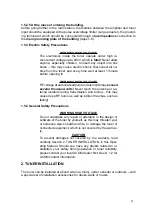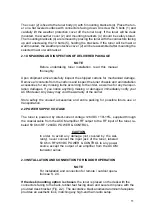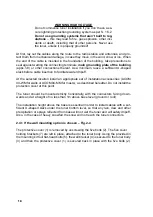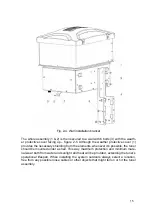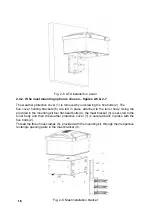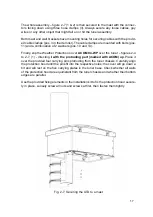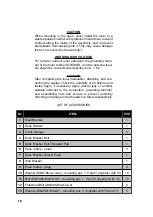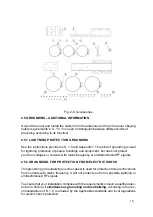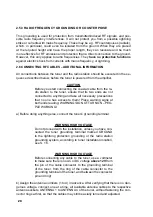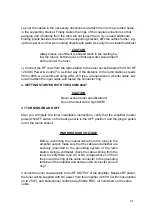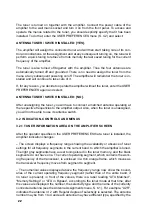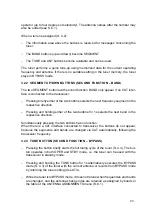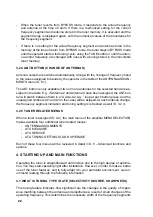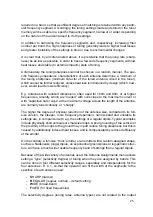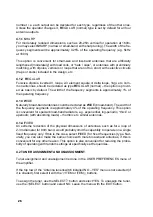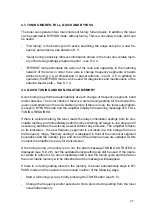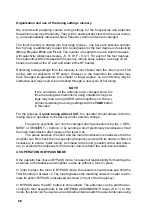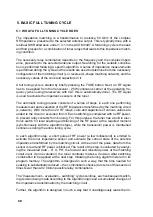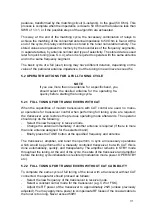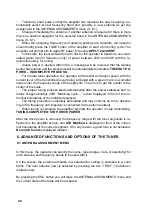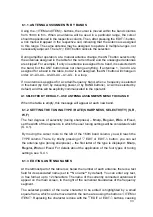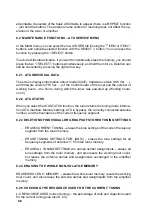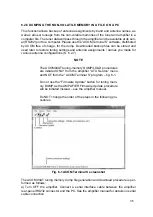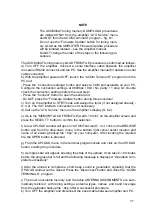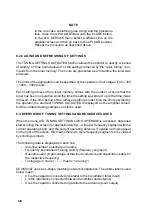
23
operator (up to four degrees of selectivity). The antenna names after the number may
also be edited (see S. 6.1).
When a tuner is assigned (S. 4.2):
-
The information area above the buttons is reserved for messages concerning the
tuner.
-
The BAND buttons (up and down) become SEGMENT.
-
The TUNE and ANT buttons become available and can be used.
The tuner performs a quick tune-up using memorized data for the current operating
frequency and antenna. If there is no suitable setting in the tuner memory, the tuner
stays in BYPASS mode.
3.2.2 SEGMENT UP/DWN BUTTONS (SECOND FUNCTION – BAND)
The two SEGMENT buttons with second function BAND only appear if no CAT inter
-
face is connected to the transceiver.
-
Pressing briefly either of the two buttons selects the next frequency segment in the
respective direction.
-
Pressing and holding either of the two buttons for 1s selects the next band in the
respective direction.
Simultaneously pressing the two buttons has no function.
When there is a CAT interface connected to transceiver, the buttons do not appear,
because the segments and bands are changed via CAT automatically, following the
transceiver frequency.
3.2.3 TUNE BUTTON (SECOND FUNCTION – BYPASS)
-
Pressing the button briefly starts the full tuning cycle of the tuner (S. 4.3). The but
-
ton operates in both OPER and STBY mode, i.e. the tuner can be used with the
transceiver in standby mode.
-
Pressing and holding the TUNE button for 1s alternatively executes the BYPASS
mode (S. 4.3) of the tuner with the current antenna or reverts from BYPASS mode
by returning the tuner setting (Use ATU).
-
While the tuner is in BYPASS mode, it does not retune when frequencies and bands
are changed, and the antenna change rules are retained as assigned by bands in
the table of the ANTENNA ASSIGNMENTS menu (S. 6.1).
Summary of Contents for ACOM 04AT
Page 1: ...1 ...
Page 57: ...2 2 ...

